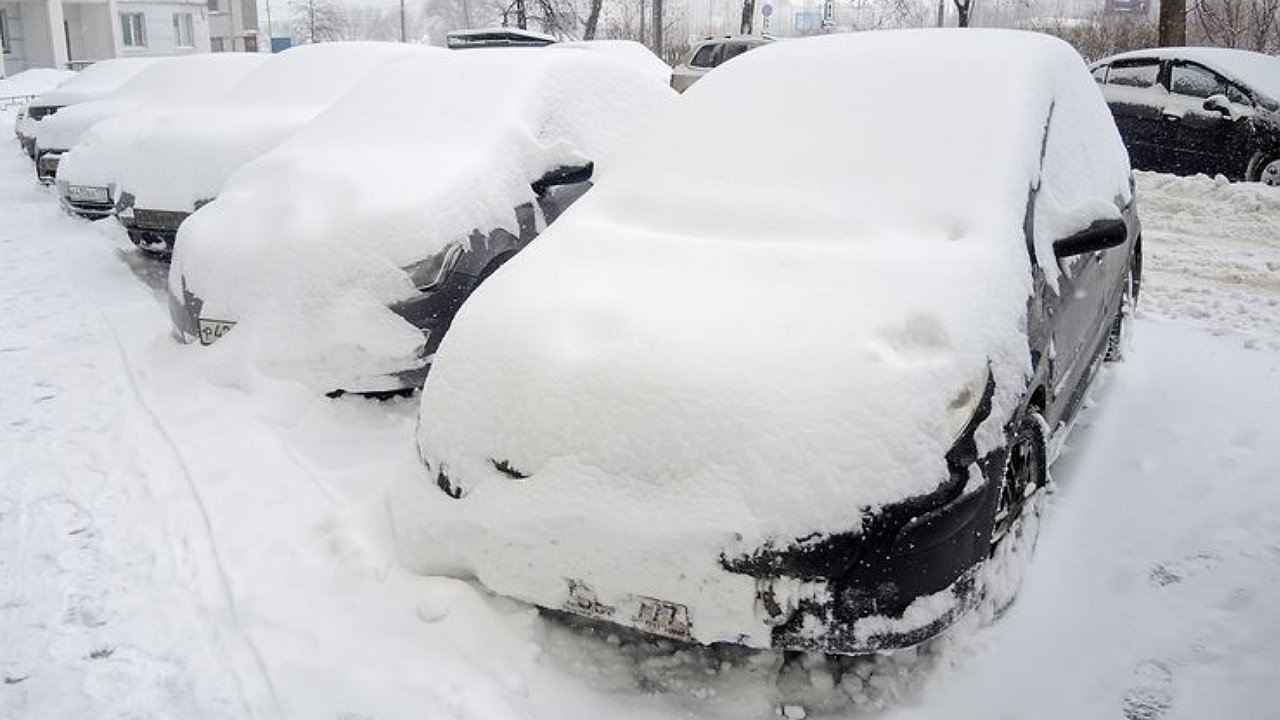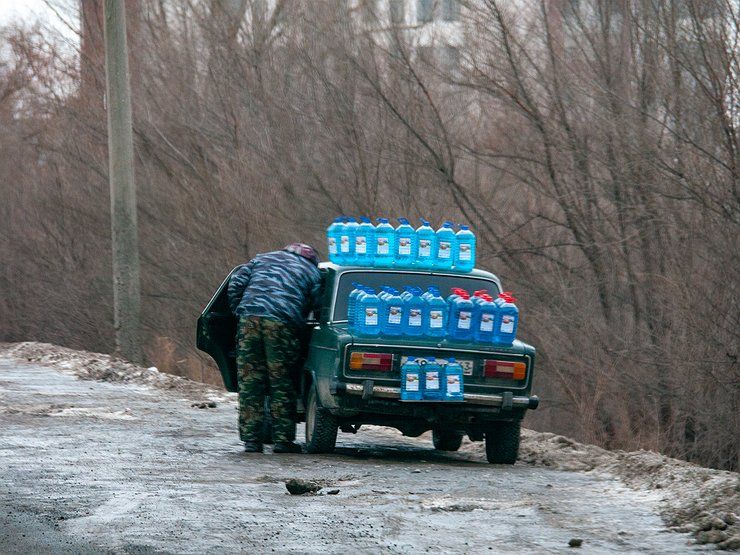At what temperature do technical fluids freeze in a car?
- December 8, 2023
- 0
Almost all car manufacturers guarantee a stable start of the engine installed in the car, on average up to “minus 20”, and anything lower is a problem for
Almost all car manufacturers guarantee a stable start of the engine installed in the car, on average up to “minus 20”, and anything lower is a problem for

Let’s start with the most important fluid in a car: fuel. Gasoline freezes at temperatures below 70 degrees, but diesel freezes at minus 35 degrees. Moreover, we are talking about diesel fuel intended for winter use. The summer period will “cool down” as soon as the thermometer drops below 10 degrees, and the so-called off-season period – God forbid – will “start up” at −15ºC. The performance of a specialized Arctic diesel engine (DTA), which can operate in temperatures below 60 degrees, is much more severe.
As for the coolant, there are also some thermal differences. For example, antifreeze G11, as a rule, freezes at temperatures from −30 to −50 degrees, while G12 and G12+ can withstand cold temperatures down to minus 40 degrees. But concentrates in the form of ethylene glycol can fail even if the temperature drops to -13ºC.
It is true that the unique properties of antifreeze mixed with distilled water can reduce this indicator to −67C. Therefore, it is necessary to dilute the coolant in the correct proportion and, if necessary, add it in concentrated form.
With “antifreeze” everything is very clear: windshield washer fluids based on isopropyl alcohol “die” on average at “minus 16-18”, and fluids that continue to perform their duties in the cold are made using methanol. Let us remind you that the latter has a harmful effect on human health and has been banned for use in the production of windshield washer nozzles since the 2000s. However, it will not be difficult to purchase such liquid.
Finally, motor oil. The most effective are considered 0W−20 lubricants, which are guaranteed to allow the crankshaft to rotate when the temperature drops to “minus 35−40C”. If such cold weather does not occur often, it is sufficient to use oil marked 5W−30 and 5W−40, especially since they are better adapted to higher ambient temperatures. In other words, in the warm season you do not need to “re-add” your car engine to a new class of lubricants.

Let’s start with the most important fluid in a car: fuel. Gasoline freezes at temperatures below 70 degrees, but diesel freezes at minus 35 degrees. Moreover, we are talking about diesel fuel intended for winter use. The summer period will “cool down” as soon as the thermometer drops below 10 degrees, and the so-called off-season period – God forbid – will “start up” at −15ºC. The performance of a specialized Arctic diesel engine (DTA), which can operate in temperatures below 60 degrees, is much more severe.
As for the coolant, there are also some thermal differences. For example, antifreeze G11, as a rule, freezes at temperatures from −30 to −50 degrees, while G12 and G12+ can withstand cold temperatures down to minus 40 degrees. But concentrates in the form of ethylene glycol can fail even if the temperature drops to -13ºC.
It is true that the unique properties of antifreeze mixed with distilled water can reduce this indicator to −67C. Therefore, it is necessary to dilute the coolant in the correct proportion and, if necessary, add it in concentrated form.
With “antifreeze” everything is very clear: windshield washer fluids based on isopropyl alcohol “die” on average at “minus 16-18”, and fluids that continue to perform their duties in the cold are made using methanol. Let us remind you that the latter has a harmful effect on human health and has been banned for use in the production of windshield washer nozzles since the 2000s. However, it will not be difficult to purchase such liquid.
Finally, motor oil. The most effective are considered 0W−20 lubricants, which are guaranteed to allow the crankshaft to rotate when the temperature drops to “minus 35−40C”. If such cold weather does not occur often, it is sufficient to use oil marked 5W−30 and 5W−40, especially since they are better adapted to higher ambient temperatures. In other words, in the warm season you do not need to “re-add” your car engine to a new class of lubricants.
Source: Avto Vzglyad
Donald Salinas is an experienced automobile journalist and writer for Div Bracket. He brings his readers the latest news and developments from the world of automobiles, offering a unique and knowledgeable perspective on the latest trends and innovations in the automotive industry.